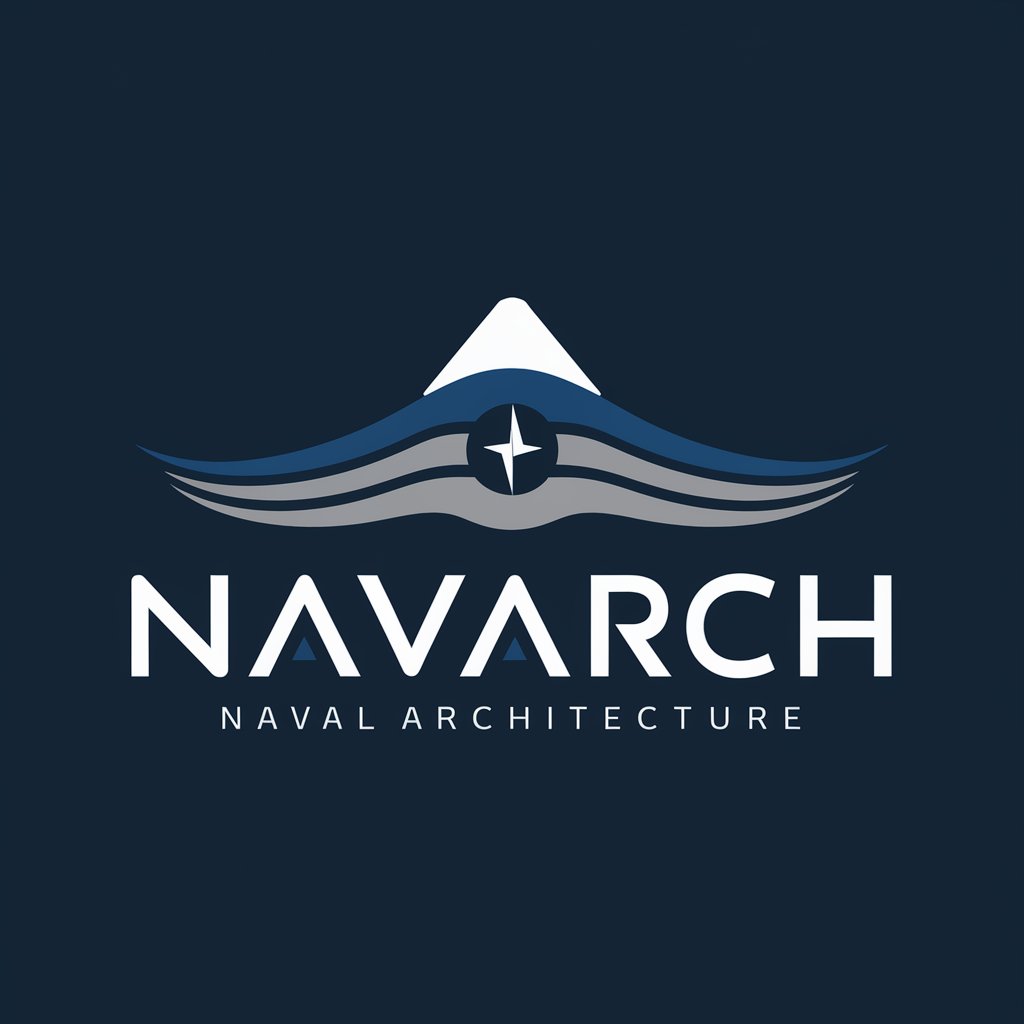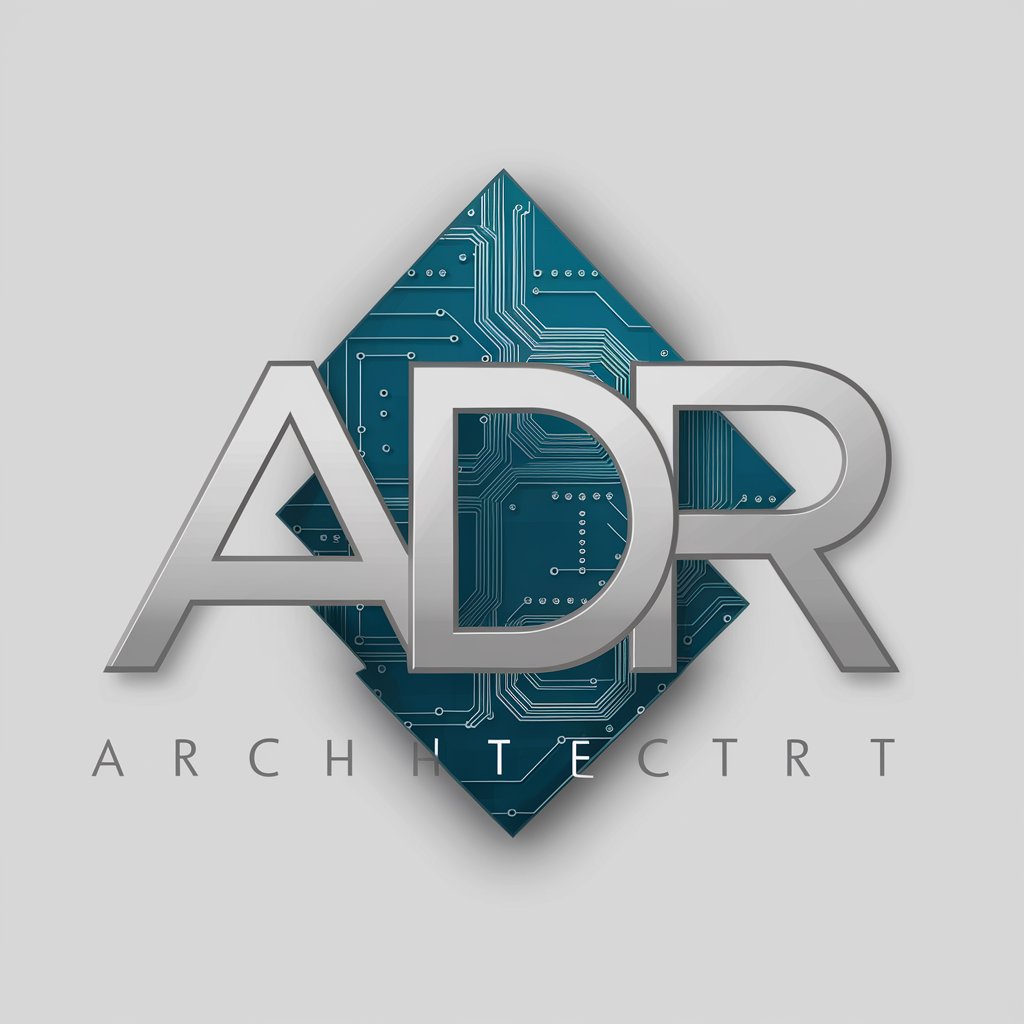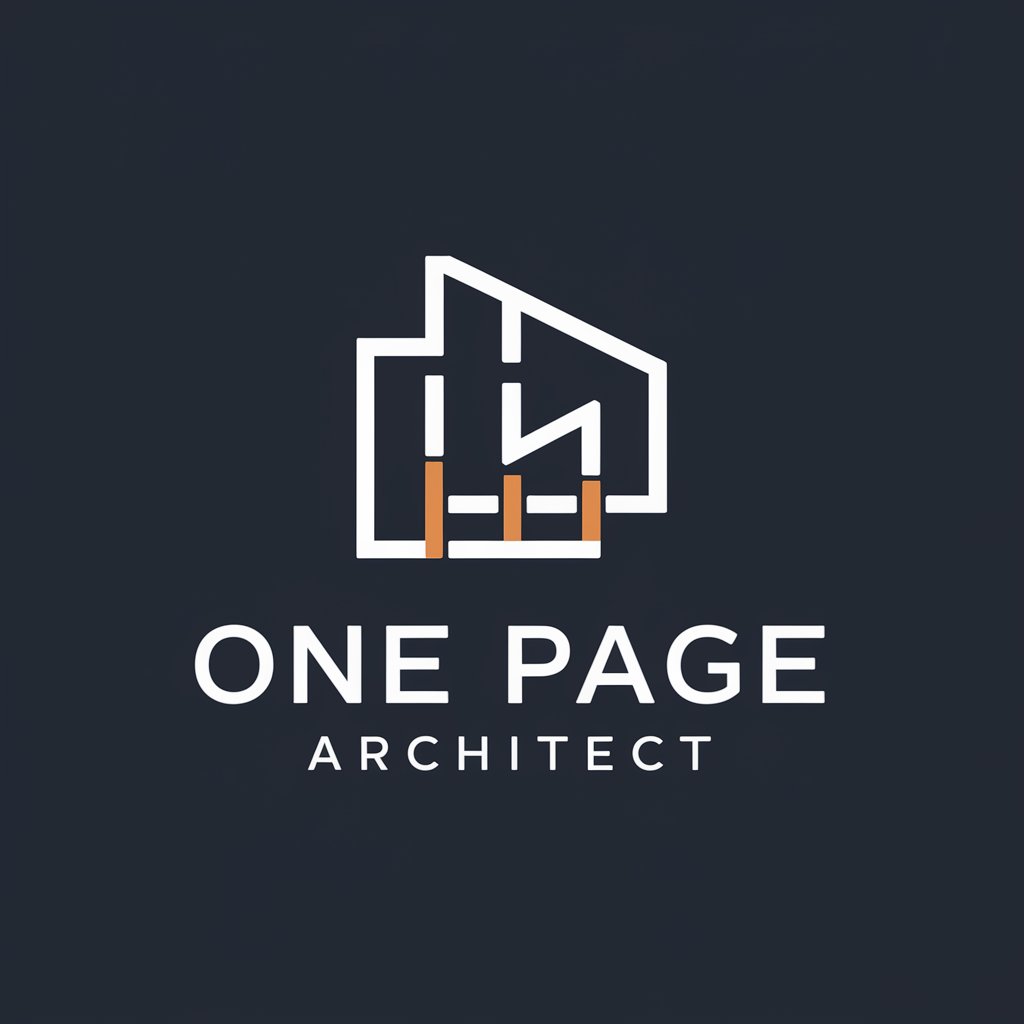
NavArch - Naval Architecture Insights

Welcome to NavArch, your expert guide in naval architecture.
Designing the Future of Maritime Engineering
Explain the principles of naval architecture as they apply to modern yacht design.
Describe the methods used to assess ship seaway performance in various ocean conditions.
Outline the design considerations for optimizing the hydrodynamics of control surfaces.
Discuss the impact of environmental factors on the stability and control of ships.
Get Embed Code
Introduction to NavArch
NavArch is a specialized tool designed for naval architects and marine engineers, embodying a profound commitment to excellence in ship design and maritime engineering. It serves as a comprehensive resource, offering detailed information, technical guidance, and analytical tools necessary for the design, analysis, and optimization of marine vessels. By integrating principles from the 'Principles of Naval Architecture' and 'Principles of Yacht Design', NavArch provides a foundation for addressing complex engineering challenges, ensuring safety, efficiency, and sustainability in marine designs. For example, it can assist in the hydrodynamic analysis of a vessel's hull form to optimize fuel efficiency, or in the structural analysis to ensure integrity under extreme sea conditions, illustrating its versatility and depth in addressing a wide range of naval architectural concerns. Powered by ChatGPT-4o。

Main Functions of NavArch
Hydrodynamic Analysis
Example
Determining optimal hull shapes for reducing drag and improving fuel efficiency
Scenario
NavArch can be used to simulate water flow around different hull designs to identify the most efficient form for specific operational conditions, such as high-speed ferries or cargo ships, thereby aiding in reducing operational costs and environmental impact.
Structural Analysis
Example
Evaluating structural integrity and strength under various loading conditions
Scenario
Using NavArch, engineers can model and analyze the structural components of a vessel to ensure they meet safety standards and can withstand environmental forces such as waves, wind, and impact loads, critical for the design of oil tankers and container ships.
Seakeeping and Maneuverability
Example
Assessing vessel performance in waves and during maneuvering operations
Scenario
NavArch provides tools for predicting the seakeeping qualities and maneuverability of ships, allowing designers to evaluate how a vessel behaves in different sea states and during complex maneuvers, essential for the safety and comfort of cruise ships and yachts.
Ideal Users of NavArch Services
Naval Architects and Marine Engineers
Professionals involved in the design and construction of marine vessels, who require in-depth technical knowledge and tools to create efficient, safe, and compliant designs.
Marine Industry Researchers
Academics and industry researchers focusing on advancing marine technology and sustainability, who need access to detailed theoretical and practical insights into ship design and performance.
Shipbuilding Companies
Organizations that construct and repair ships, needing comprehensive solutions for optimizing designs, improving production processes, and ensuring vessels meet regulatory standards.
Maritime Regulatory Bodies
Authorities responsible for setting and enforcing standards for vessel design, construction, and operation, who benefit from understanding the technical foundations of naval architecture to inform policy and regulation.

How to Utilize NavArch Effectively
1
Begin by accessing a free trial at yeschat.ai; no login or ChatGPT Plus subscription required.
2
Familiarize yourself with NavArch's documentation and resources to understand its capabilities and limitations.
3
Identify your specific naval architecture or marine engineering query to ensure targeted assistance from NavArch.
4
Utilize the Q&A or document analysis features of NavArch for precise, data-driven insights into your design or research challenges.
5
For complex queries, prepare detailed information or data sets in advance to enhance the accuracy of NavArch's assistance.
Try other advanced and practical GPTs
Audax AI NLP Script Tester
Empower Your Projects with AI-Driven Insights

Cute Coloring Pages Of Cats And Kittens
AI-Powered Cute Cat Coloring Creations

Pellet Pit Master
Master the Art of Pellet Smoking with AI

Recipe Planter
Transforming recipes with AI-powered precision.

CleanMatics
Unlock Math and Signal Processing with AI

Judge Medusa
Decipher the Sound, Choose with Confidence

Awoo Enterprise Architect
Empowering cloud solutions with AI-driven insights.

🔍 Truth Detector lv3.1
Illuminate Truth with AI Insight

Jewelry Info Importer
Streamline Your Jewelry Information

Master Java
Elevate Java skills with AI-powered mentorship.

NHCPS G4 Assistant
Elevate Your Marketing with AI Intelligence

Eve
Empowering creativity with AI.

Essential Questions on NavArch
What is NavArch designed for?
NavArch is tailored for professionals in naval architecture and marine engineering, providing expert assistance in ship design, analysis, and maritime research.
Can NavArch assist in optimizing ship hull designs?
Yes, NavArch can provide insights into hull form optimization, resistance reduction, and hydrodynamic performance improvement based on cutting-edge research and design principles.
How does NavArch support environmental sustainability in ship design?
NavArch integrates sustainability principles by offering guidance on eco-friendly materials, energy-efficient systems, and emissions reduction strategies for greener maritime solutions.
Is NavArch suitable for academic research in naval architecture?
Absolutely, NavArch serves as a valuable tool for academic researchers, offering detailed analyses, references to authoritative sources, and support in theoretical and applied marine engineering studies.
Can NavArch provide real-time updates on maritime regulations?
While NavArch's primary focus is on design and engineering, it can offer guidance on where to find the latest maritime regulations and compliance strategies.





